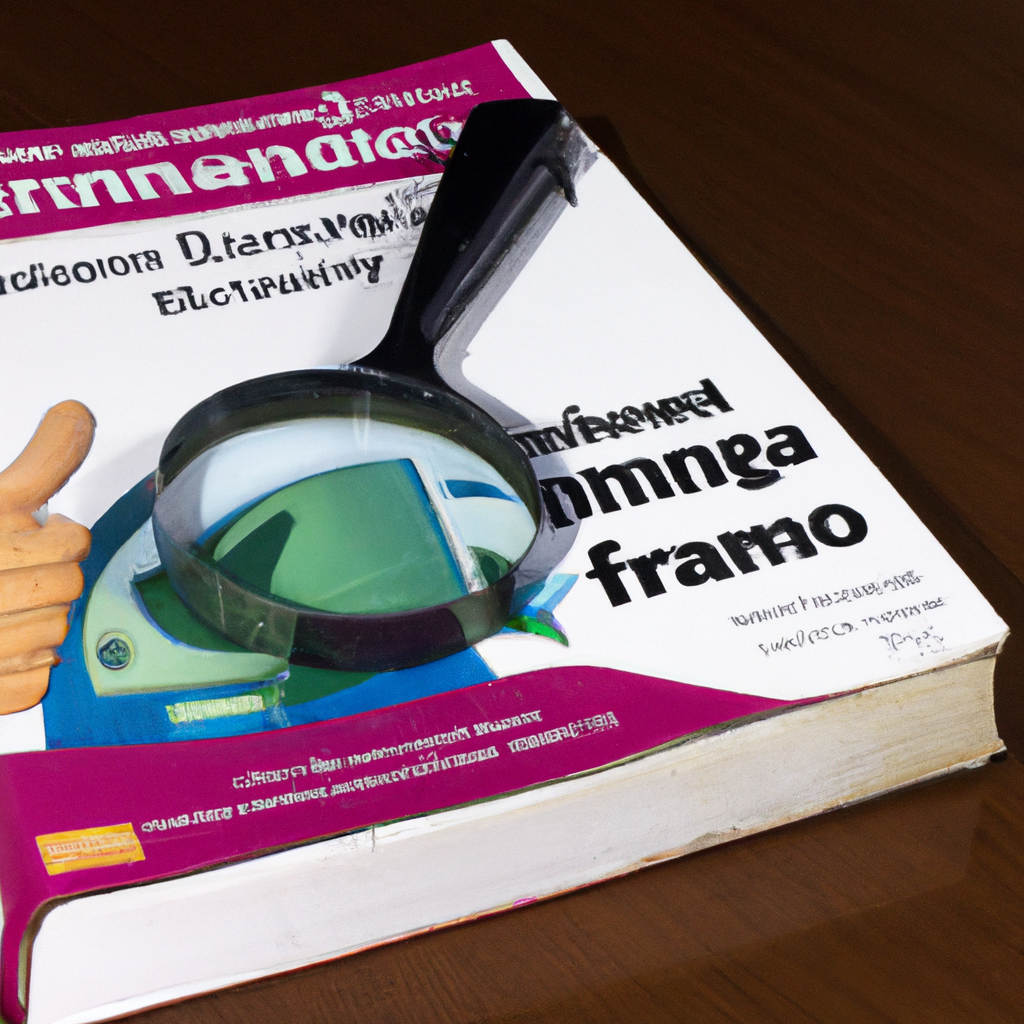How to Teach Financial Literacy to Teens in a Fun Way
Teaching financial literacy to teenagers can be challenging, but it is crucial for preparing them to handle their finances in the future. Often, young people lack basic knowledge on how to manage their money responsibly, which can lead to financial issues throughout life. In this article, we will explore creative and fun ways to teach financial literacy to teenagers, helping them develop essential financial skills in an engaging and captivating manner.
1. Use Educational Games
A great way to teach financial literacy in a fun way to teenagers is through educational games. There are various board games, apps, and online simulations that cover topics like budgeting, investing, saving, and money management. These games allow young people to learn in a practical and interactive way, making the learning process more effective and engaging.
2. Organize Challenges and Competitions
Another interesting strategy is to organize challenges and competitions among teenagers, where they can put into practice what they have learned about finances. For example, you can propose a challenge to save money over a month or invest in a fictional project, rewarding participants who achieve the best results. This encourages healthy competition and motivates young people to actively engage in the learning process.
3. Teach Through Everyday Examples
An effective way to teach financial literacy to teenagers is through everyday examples. By demonstrating real and practical situations related to money use, young people can better understand the importance of making conscious financial choices. For instance, when shopping, you can explain the difference between needs and wants, showing how to prioritize spending and avoid debt.
4. Encourage Participation in Practical Activities
Besides games and challenges, it’s important to encourage teenagers to participate in practical activities involving money use. This can include creating a personal financial plan, opening a savings account, making small investments, or participating in financial education programs offered by financial or educational institutions.
5. Set Achievable Financial Goals
To make learning more effective and motivating, it is crucial to set clear and achievable financial goals for teenagers. By defining specific objectives, such as saving for a trip, purchasing a desired item, or investing in a personal project, young people can visualize the benefits of responsible financial management and strive to achieve their goals.
Conclusion
Teaching financial literacy in a fun way to teenagers is essential for preparing them to handle their finances consciously and responsibly. By using educational games, challenges, everyday examples, practical activities, and achievable financial goals, it is possible to engage young people in the learning process and help them develop essential financial skills for the future. With a creative and captivating approach, financial education can become an enriching and stimulating experience for teenagers.
